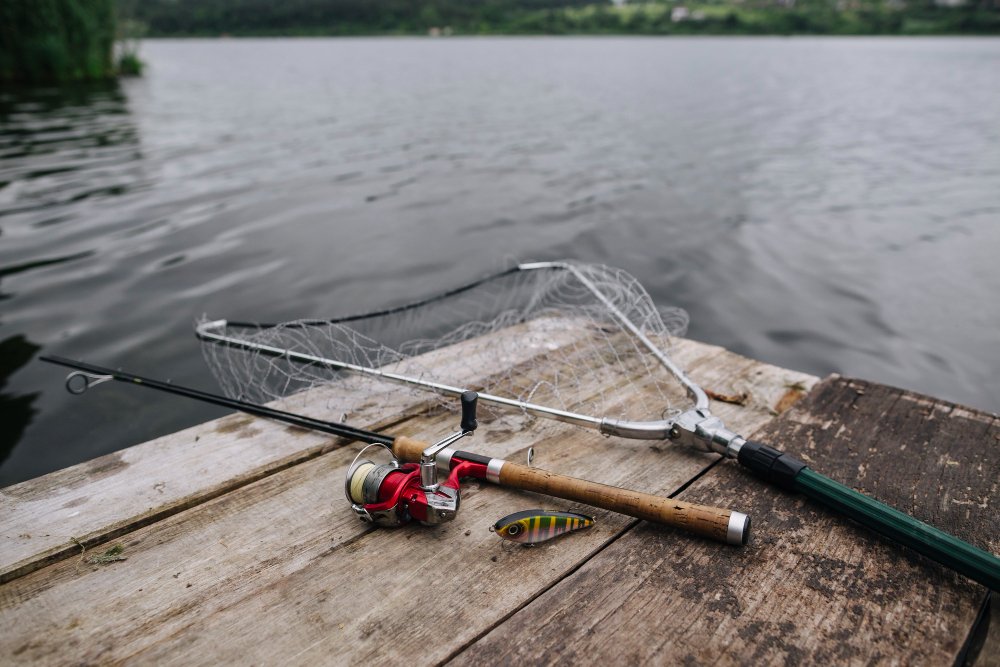
How to Recognize and Avoid Catfishing: A Guide for Online Daters
### How to Recognize and Avoid Catfishing: A Guide for Online Daters
In the digital age, online dating has become a common way to meet potential partners. However, with its growing popularity, the risk of encountering deceitful individuals has also increased. One of the most prevalent scams in the online dating world is catfishing. Catfishing involves creating a fake online persona to deceive and exploit unsuspecting individuals. This guide will help you recognize the signs of catfishing and provide tips on how to protect yourself while navigating the world of online dating.
#### Understanding Catfishing
Catfishing is not a new phenomenon, but its prevalence has grown with the rise of social media and dating apps. A catfish might use fake photos, names, and personal details to create a fictional identity. They might be motivated by a desire for attention, revenge, financial gain, or simply to manipulate others emotionally. Regardless of their intentions, the emotional and financial consequences for victims can be devastating.
#### Recognizing the Signs of Catfishing
1. **Too Good to Be True:**
– One of the most common signs of a catfish is a profile that seems too perfect. If the person appears overly attractive, successful, or compatible, it might be a red flag. Authentic relationships have their imperfections, and an idealized portrayal can indicate deception.
2. **Lack of Personal Details:**
– Catfish often avoid sharing specific details about their lives. They may provide vague answers to questions about their background, job, or daily activities. If you find it difficult to learn anything concrete about the person, it might be a warning sign.
3. **Avoiding Face-to-Face Interaction:**
– A key red flag is a reluctance to meet in person or have video calls. Catfish will often make excuses to avoid real-time communication, relying solely on text messages or emails. If the person continually avoids face-to-face interaction, it could indicate they are hiding their true identity.
4. **Inconsistent Stories:**
– Pay attention to inconsistencies in their stories. A catfish might forget details they’ve previously shared or provide conflicting information about their life. If you notice discrepancies in their narrative, it’s essential to address them directly.
5. **Emotional Manipulation:**
– Catfish often play on emotions, attempting to create a strong bond quickly. They might express love or affection prematurely or try to make you feel guilty if you question their intentions. This emotional manipulation is a tactic to gain control and maintain their deception.
6. **Requests for Money:**
– One of the most obvious signs of a catfish is a request for money. They might fabricate stories about emergencies, medical expenses, or travel costs to extract financial assistance. Never send money to someone you haven’t met in person, no matter how compelling their story may seem.
#### How to Protect Yourself from Catfishing
1. **Verify Their Identity:**
– Before getting too emotionally invested, verify the person’s identity. Use reverse image search tools like Google Images or TinEye to check if their profile photos appear elsewhere online. Look for signs that the pictures might belong to someone else or are stock images.
2. **Ask Specific Questions:**
– Engage in conversations that require specific answers. Ask about their favorite places, recent activities, or shared interests. Pay attention to their responses and see if they are consistent over time.
3. **Use Video Calls:**
– Insist on video calls before meeting in person. Video communication can help confirm the person’s identity and ensure that they match their online persona. Be cautious if they continuously avoid video calls without a valid reason.
4. **Trust Your Instincts:**
– Listen to your gut feelings. If something feels off, it’s important to trust your instincts. If you feel uncomfortable or suspicious, take a step back and reassess the situation.
5. **Do Your Research:**
– Take the time to research the person’s background. Check their social media profiles and look for mutual connections. A limited online presence might indicate a fake profile, while mutual connections can provide some assurance of their authenticity.
6. **Keep Personal Information Private:**
– Protect your privacy by avoiding sharing sensitive personal information early on. This includes your home address, financial details, and personal photos. Safeguarding your information can prevent potential exploitation.
7. **Report Suspicious Activity:**
– If you suspect someone is a catfish, report their profile to the dating platform or social media site. Reporting suspicious activity helps protect others from falling victim to similar scams.
#### Conclusion
Catfishing can have serious emotional and financial consequences for its victims. By staying vigilant and recognizing the warning signs, you can protect yourself from falling prey to deceitful individuals. Remember to verify identities, trust your instincts, and never rush into a relationship without sufficient information. Online dating can be a rewarding experience when approached with caution and awareness. By taking proactive steps to safeguard your interactions, you can enjoy the journey of finding genuine connections in the digital world.

